
Since my last report from the field, I have been exploring Shroud of the Avatar: Forsaken Virtues, a game developed by Portalarium, described as a “spiritual successor” to my very first MMORPG, Ultima Online. It isn’t exactly an obscure game, but it certainly is a smaller game that’s a little off the trail blazed by the big games. It is free-to-play (with cash shop, of course) and available on Steam, so getting the game is easy and painless.
You begin in the world as a translucent ghost. Welcome to the Isle of Storms, aka the tutorial area. There’s an NPC to talk to who will tell you to go down the path to the mirror. This is where you get to choose your body for the new world. Choose wisely. There is only one character slot for the online game.
The character customization is… adequate. There are skin and hair color choices, a selection of sliders. In fact, “adequate” also describes the graphics throughout the entire game. Some people may even think I am being generous on that point.
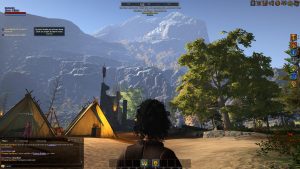
After finalizing your look, you go to talk to the Oracle. It turns out that the Oracle is a big mechanical face on the wall who gives you a personality quiz to determine what path of virtue (love, courage, or truth) is your destiny. If you don’t like what the Oracle picks, you can just choose whichever you want. This will determine your starting area, among other things.
You have a choice of either taking the lunar rift into the world or learning more in an extended tutorial. Either way, you will pick up some equipment and get some hints on how to play. I recommend the tutorial if it is your first time playing, just to get a grip on the combat systems before you face any real challenges.
Because you gain the skills you use, you can really build any kind of character you like. I settled into dual wielding blades and casting fire spells. That’s just how I roll.
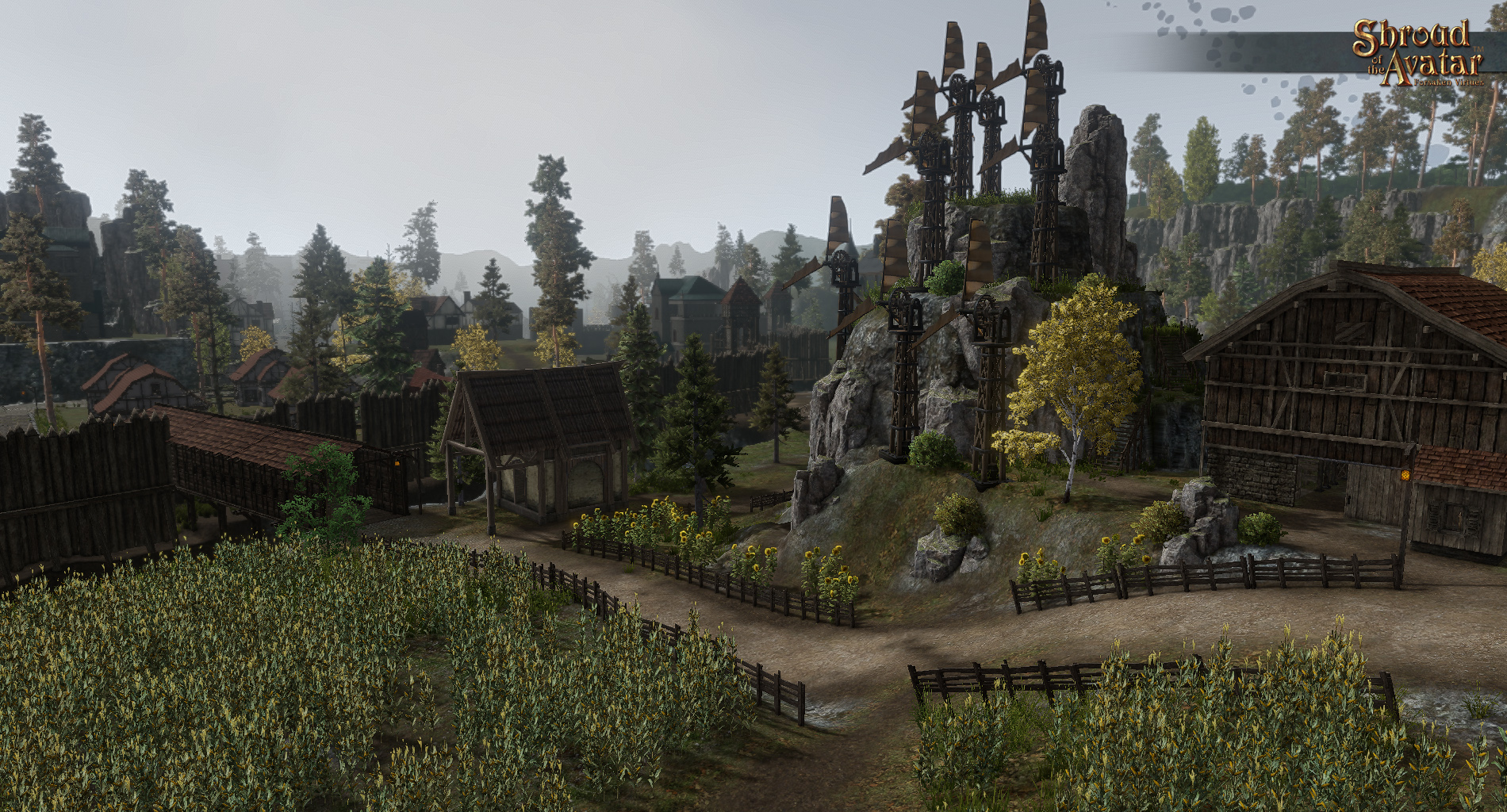
After finishing the tutorial, I found myself in Highvale Outskirts. NPCs in this game will occasionally call you over and sparkle at you, but for the most part, there are no markers for quest givers, so you have to talk the various NPCs to find out if they have any tasks for you. The easiest way to interact with NPCs is to click on the highlighted words in the text, which you can also click on at the bottom of the chat window. The suggestions at the bottom of the window usually include “rumors”and “help.” The former will yield information about the story in the area, and the latter will find out if the NPCs have any tasks to give you, in the event they didn’t just outright ask you to do something.
There’s also a quest tracker and a journal to help you keep track of what you’re doing. Objectives and points of interest are also marked on your compass. There is a map as well, but it seemed pretty useless to me.
I made my way up into the monastery tower at the request of a woman who is taking care of the sick and wounded, and shortly thereafter I experienced my first death at the hands of frostgeists, which are ice ghosts. When you die, you can either wait out a timer or go to a glowing ankh to resurrect immediately. I got to be very familiar with the ankh locations, but they are also marked on the compass.
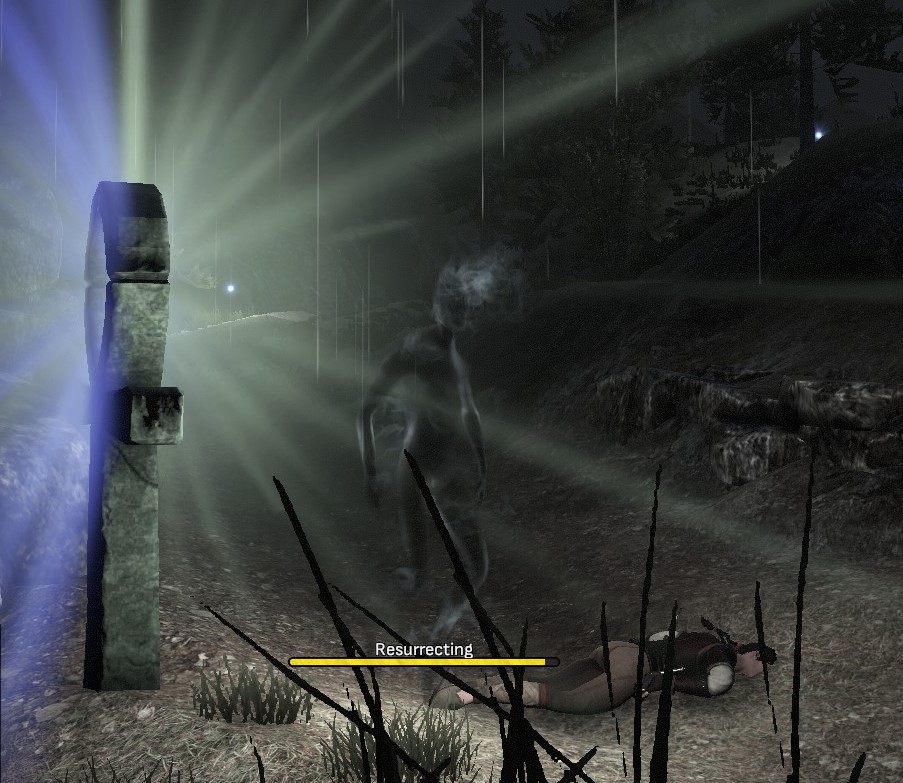
The frostgeists actually weren’t that hard to kill after I figured out what I was doing, and I took their skulls back to the NPC who sent me after them. The UI in this game is a throwback to the old days; you actually have to give quest items to NPCs in a dialogue box. This is not a feature I have ever felt any nostalgia for.
I decided I wanted to see more of the world. I had assumed this was an open world, so imagine my surprise when I ran through a gate and found myself looking down on my character on a 3-D map. This is the “overworld.” There are banners hanging in the sky above entry points, but they are written in runes. If you approach an area, its name, type, and enter button appear. You’ll see adventure areas, towns, and player-run towns on the overworld map. The adventuring areas have a tier rating that will let you know the difficulty of that zone.
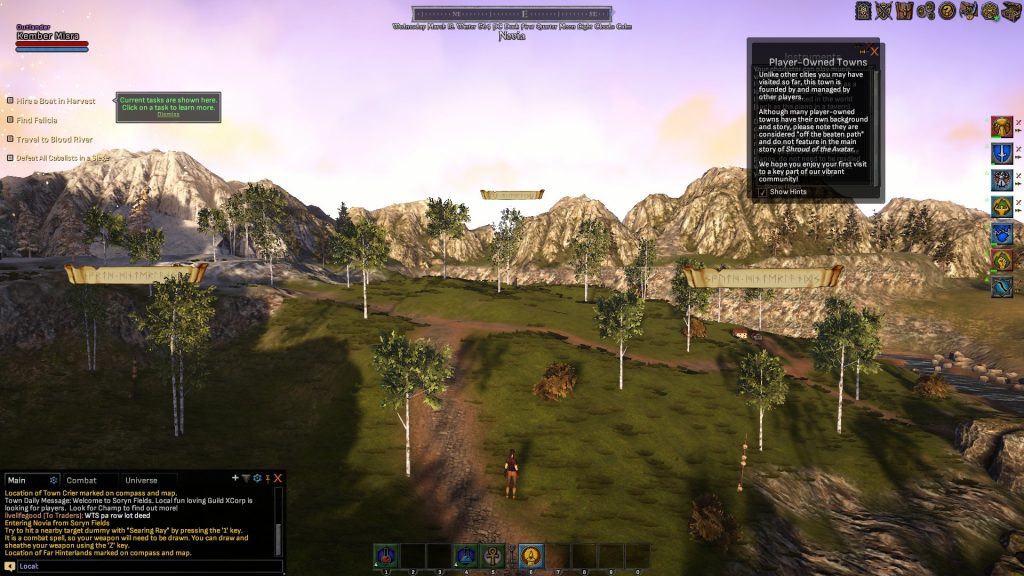
I went to Resolute, a nearby town, to deliver an item. It took me a little bit of time and talking to a few NPCs before I figured out that the person I was looking for by name was not identified that way by the words floating over her head. She just looked like another guard in the bar.
While running around in Resolute, I realized that some castles and towers I had assumed were town buildings were actually player housing. There is non-instanced housing in cities and villages, and player-run towns are a bigger canvas for housing fans to work on. Some people put a lot of effort into having a cool place to show off. Many housing plots have vendors standing (or sitting) on the lawn. Housing certainly does appear to be a pillar of the cash shop. There are also apparently player-owned dungeons, but I didn’t actually encounter any of those on my adventures.
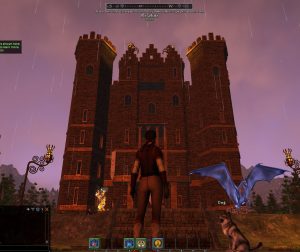
Shroud of the Avatar is very niche, and it might appeal to people who are really into player housing and don’t mind dropping some coin to have swanky digs, people who are into crafting and vending, or people who have just fallen out of a time portal from the ’90s. Aside from the weirdness of some of the systems, it is basic MMO fare with things to kill, things to loot, and things that kill you back when you try to kill them. It doesn’t make me want to uninstall it and disinfect my whole computer desk to make sure there are no traces of its essence anywhere near me, but when I look at my folder full of game shortcuts, it doesn’t jump to the front of the line either.
Oh well. Onward the next world!
 Every other weekend, Massively OP’s Mia DeSanzo opens up her satchel of maps and decides where to go next in MMO Cartographer, Massively OP’s journey through MMO worlds, be they old or new, ordinary or unusual, or well-loved or long-forgotten. Expect the eclectic!
Every other weekend, Massively OP’s Mia DeSanzo opens up her satchel of maps and decides where to go next in MMO Cartographer, Massively OP’s journey through MMO worlds, be they old or new, ordinary or unusual, or well-loved or long-forgotten. Expect the eclectic!














